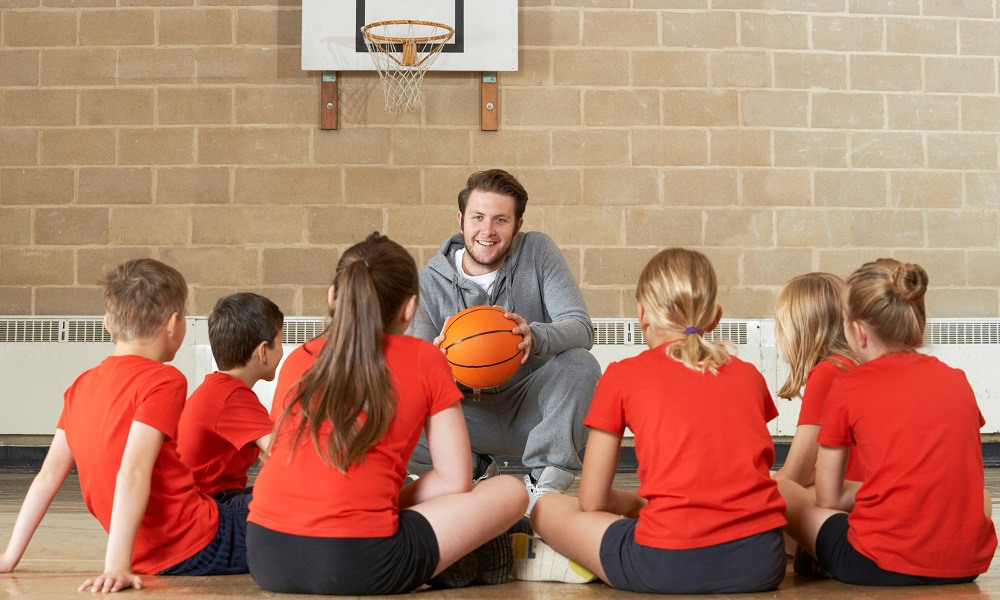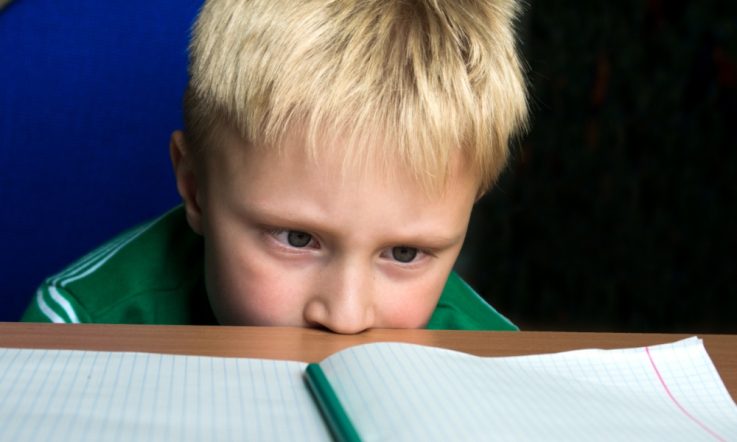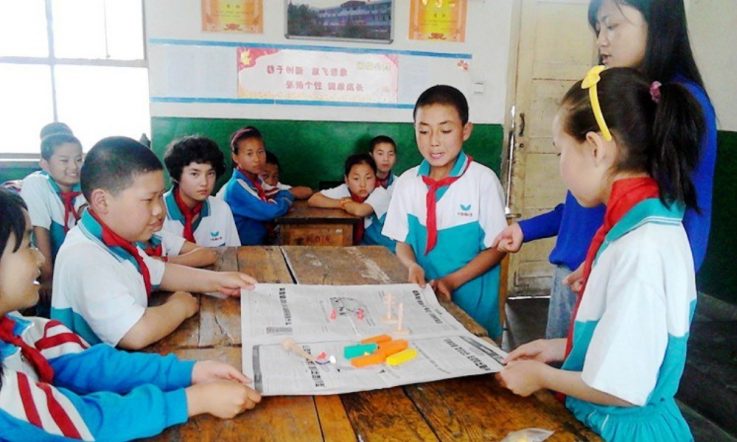What are the key considerations in teaching sport and physical activity to children at different stages of development in school settings? That's one of the questions educators are being asked to give their feedback on as part of a national consultation.
Following the release of its Teaching Sport to Children discussion paper earlier this month, the Australian Sports Commission (ASC) wants to hear from teachers on the ground about a range of issues, including professional development needs, and building links with parents and volunteers.
The discussion paper argues sport needs to enhance children's development, complement the needs of schools and contribute to educational objectives. ‘For many children their first (and sometimes only) experience of sport and physical activity is at home or in school,' it notes, adding: ‘Ideally all early experiences of sport and physical activity would be positive for children, families and schools.'
The ASC says a collaborative approach is needed, but its own research suggests there are several ‘disconnects' between sport, education and the community:
- divergent views about the purpose of sport, with sport perceived as prioritising commercial goals over child development outcomes;
- sports' focus on technical skill development and athletic performance in coach competencies, and limited knowledge of child development and behaviour management;
- the view in some schools, that sport is an extracurricular ‘transaction' which focuses on the needs of sport;
- poor visibility of governing bodies over the quality and consistency of delivery;
- inadequate support for families, and professional development for teachers, to confidently deliver sport; and
- variance in standards and qualifications required to deliver different sports.
(Australian Sports Commission, 2017)
The discussion paper stresses the need for ‘developmentally appropriate' sports and physical activities. ‘Currently most sports programs for children focus on participants acquiring specialised movement skills and applying them in a sporting context, with limited provision to support the exploration of movement and early development of fundamental movement skills (FMS). Extensive research tells us that the premature teaching of sport skills before children have mastered FMS can negatively impact on an individual's confidence and performance ability. It can also compromise their desire to participate in sports and physical activity in the future.'
There's also a section on teacher professional development that notes there's inconsistency among educators ‘in their understanding, interpretation and delivery of sport in physical education, and how they value and utilise sport to support broader curriculum objectives'. It highlights a crowded curriculum and a fall in the number of trained HPE (Health and Physical Education) teachers, and limiting training available for classroom teachers in this area. Given this, the paper suggests the sports sector could work more closely with schools to support teacher PD.
The ASC has already carried out a review of existing research and last year held a cross-sector forum on the role of sport and physical activity in children's learning and development. It wants to use the national discussion paper consultation to establish a set of agreed principles for teaching sport and physical activity, and is working with academics to develop an Australian Physical Literacy Standard.
The discussion paper is available at www.ausport.gov.au/participating/teaching_sport_to_children. Educators, parents, sports coaches and organisations are being invited to submit their feedback via an online survey or email (yoursay@ausport.gov.au) by 22 September.
References
Australian Sports Commission. (August, 2017) Teaching Sport to Children. Discussion Paper.
The discussion paper highlights limited training opportunities for educators delivering sports lessons. As a school leader, how do you assess the training and professional development needs of your staff in this area?
It also stresses the need for ‘developmentally appropriate’ sports and physical activities. As an educator, how do you determine which physical activities are developmentally appropriate for your students? What reference materials and resources do you use?



